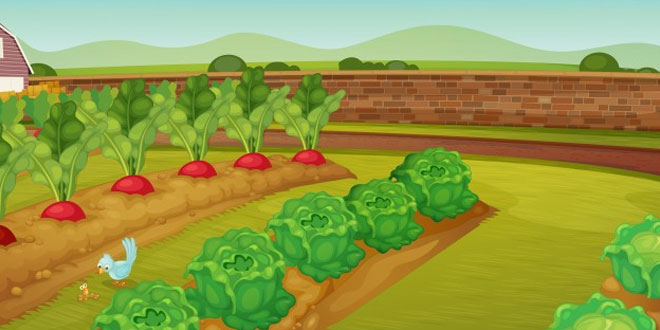Question: Write about the westward movement of white settlers and its impacts.
Answer: After the American War of Independence from 1775 to 1783 and the formation of the United States of America, the white Americans began to move westward. By the time Thomas Jefferson became President of the USA in 1800, over 700,000 white settlers had moved on to the Appalachian plateau through the passes. Seen from the east coast, America seemed to be a land of promise. Its wilderness could be turned into cultivated fields.
Forest timber could be cut for export, animals hunted for skin, mountains mined for gold and minerals. But this meant that the American Indians had to be cleared from the land. In the decades after 1800 the US government committed itself to a policy of driving the American Indians westward, first beyond the river Mississippi, and then further west. Numerous wars were waged in which Indians were massacred and many of their villages burnt. The Indians resisted, won many victories in wars, but were ultimately forced to sign treaties, give up their land and move westward.
As the Indians retreated, the settlers poured in. They came in successive waves. They settled on the Appalachian plateau by the first decade of the eighteenth century, and then moved into the Mississippi valley between 1820 and 1850. They slashed and burnt forests, pulled out the stumps, cleared the land for cultivation, and built log cabins in the forest clearings. Then they cleared larger areas, and erected fences around the fields. They ploughed the land and sowed corn and wheat.
In the early years, the fertile soil produced good crops. When the soil became impoverished and exhausted in one place, the migrants would move further west, to explore new lands and raise a new crop. It was, however, only after the 1860s that settlers swept into the Great Plains across the River Mississippi. In subsequent decades this region became a major wheat-producing area of America.
Question: Comment on the wheat production in USA during the First World War.
Answer: From the late nineteenth century, there was a dramatic expansion of wheat production in the USA. The urban population in the USA was growing and the export market was becoming ever bigger. As the demand increased, wheat prices rose, encouraging farmers to produce wheat. The spread of the railways made it easy to transport the grain from the wheat-growing regions to the eastern coast for export. By the early twentieth century the demand became even higher, and during the First World War the world market boomed. Russian supplies of wheat were cut off and the USA had to feed Europe. US President Wilson called upon farmers to respond to the need of the time. ‘Plant more wheat, wheat will win the war,’ he said.
In 1910, about 45 million acres of land in the USA was under wheat. Nine years later, the area had expanded to 74 million acres, an increase of about 65 per cent. Most of the increase was in the Great Plains where new areas were being ploughed to extend cultivation. In many cases, big farmers – the wheat barons – controlled as much as 2,000 to 3,000 acres of land individually.
Question: How was the advent of new technology helpful to the farmers?
Answer: The dramatic expansion of agriculture was made possible by new technology. Through the nineteenth century, as the settlers moved into new habitats and new lands, they modified their implements to meet their requirements. When they entered the mid-western prairie, the simple ploughs the farmers had used in the eastern coastal areas of the USA proved ineffective.
The prairie was covered with a thick mat of grass with tough roots. To break the sod and turn the soil over, a variety of new ploughs were devised locally, some of them 12 feet long. Their front rested on small wheels and they were hitched on to six yokes of oxen or horses. By the early twentieth century, farmers in the Great Plains were breaking the ground with tractors and disk ploughs, clearing vast stretches for wheat cultivation.
Once the crop had ripened it had to be harvested. Before the 1830s, the grain used to be harvested with a cradle or sickle. At harvest time, hundreds of men and women could be seen in the fields cutting the crop. In1831, Cyrus McCormick invented the first mechanical reaper which could cut in one day as much as five men could cut with cradles and 16 men with sickles. By the early twentieth century, most farmers were using combined harvesters to cut grain. With one of these machines, 500 acres of wheat could be harvested in two weeks.
For the big farmers of the Great Plains these machines had many attractions. The prices of wheat were high and the demand seemed limitless. The new machines allowed these big farmers to rapidly clear large tracts, break up the soil, remove the grass and prepare the ground for cultivation. The work could be done quickly and with a minimal number of hands. With power-driven machinery, four men could plough, seed and harvest 2,000 to 4,000 acres of wheat in a season.
 Class Notes NCERT Solutions for CBSE Students
Class Notes NCERT Solutions for CBSE Students



